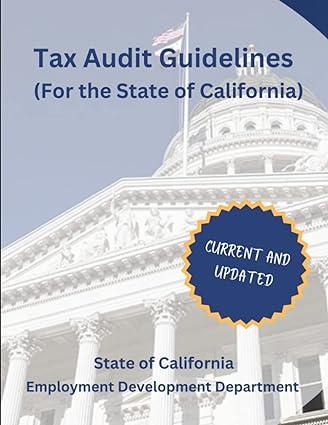Question
Daniel Nwachuku Skip Ch-1 HW Navigation Ch-1 HW Navigation eBook Print Question 1Not completeMark 2.00 out of 3.00 Not flaggedFlag question Question text Equity method
Daniel Nwachuku Skip Ch-1 HW Navigation Ch-1 HW Navigation eBook Print Question 1Not completeMark 2.00 out of 3.00 Not flaggedFlag question Question text Equity method journal entries with intercompany sales of inventory Assume that an investor owns 30% of an investee, and accounts for its investment using the equity method. At the beginning of the year, the Equity Investment was reported on the investors balance sheet at $400,000. During the year, the investee reported net income of $100,000 and paid dividends of $60,000 to the investor. In addition, the investor sold inventory to the investee, realizing a gross profit of $40,000 on the sale. At the end of the year, 15% of the inventory remained unsold by the investee. a. How much equity income should the investor report for the year? $Answer 28,200 b. What is the balance of the Equity Investment at the end of the year? $Answer 0 c. Assume that the inventories are all sold in the following year, that the investee reports $150,000 of net income. How much equity income will the investor report for
the following year? $Answer 46,800 Feedback Partially correct Marks for this submission: 2.00/3.00. eBook Print Question 2Partially correctMark 2.53 out of 3.00 Not flaggedFlag question Question text Equity method journal entries (price greater than book value) An investor purchases a 25% interest in an investee company, and the investor concludes that it can exert significant influence over the investee. The book value of the investees Stockholders Equity on the acquisition date is $500,000, and the investor purchases its 25% interest for $145,000. The investor is willing to pay the purchase price because the investee owns an unrecorded (internally developed) patent that the investor estimates is worth $80,000. The patent has a remaining useful life of 10 years. Subsequent to the acquisition, the investee reports net income of $100,000, and pays a cash dividend to the investor of $20,000. At the end of the first year, the investor sells the Equity Investment for $180,000. Prepare all of the required journal entries to account for this Equity Investment during the year.
Step by Step Solution
There are 3 Steps involved in it
Step: 1

Get Instant Access to Expert-Tailored Solutions
See step-by-step solutions with expert insights and AI powered tools for academic success
Step: 2

Step: 3

Ace Your Homework with AI
Get the answers you need in no time with our AI-driven, step-by-step assistance
Get Started


